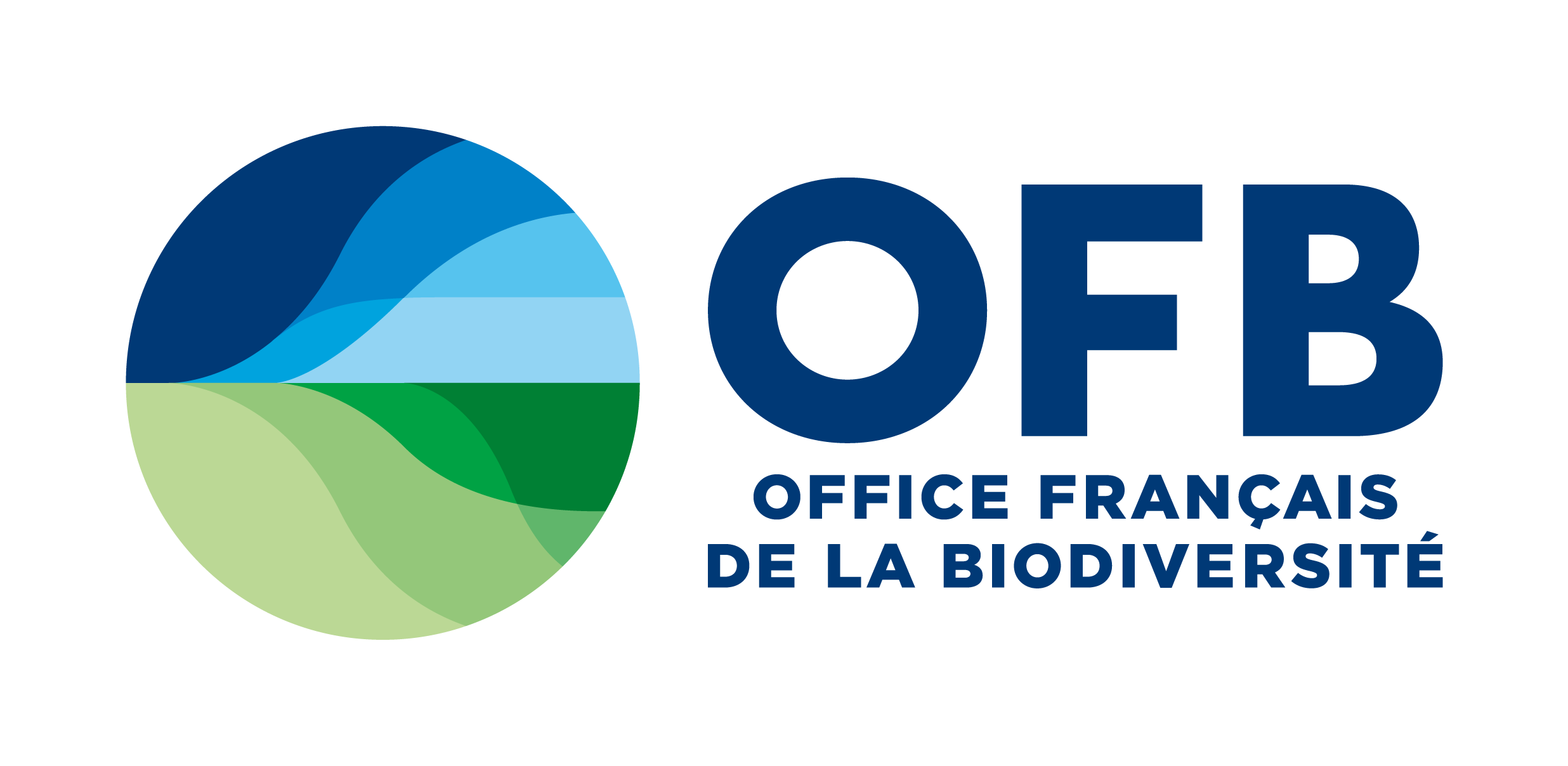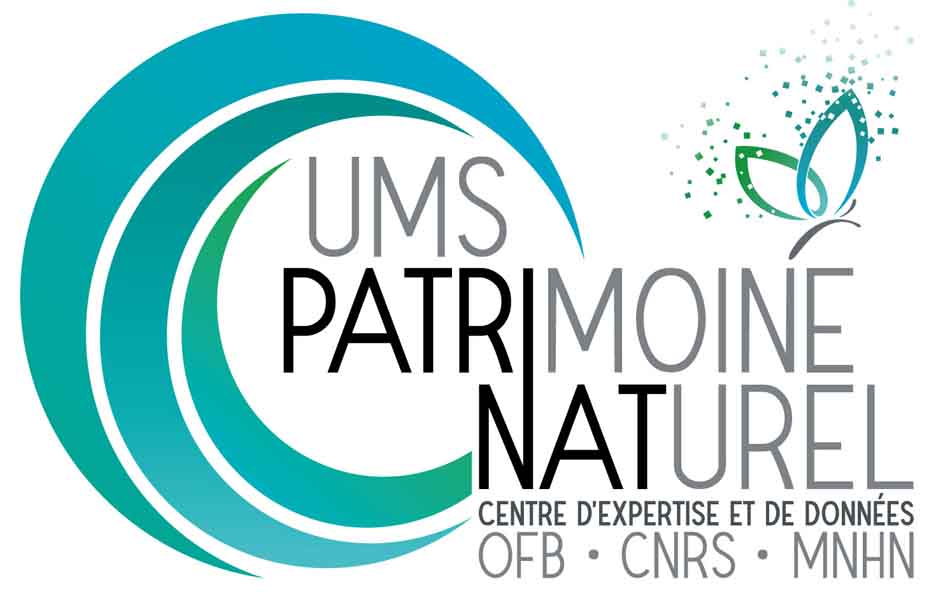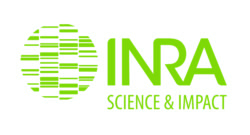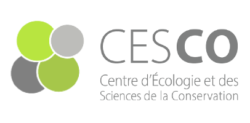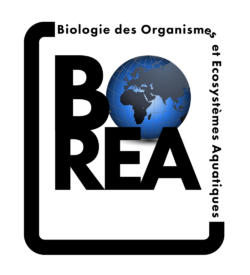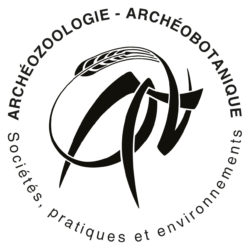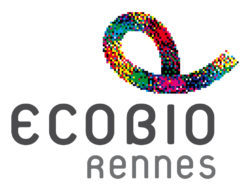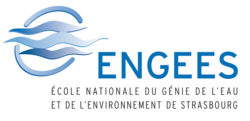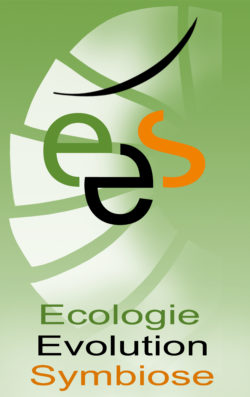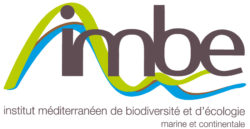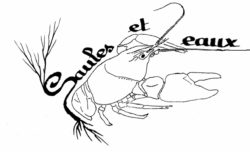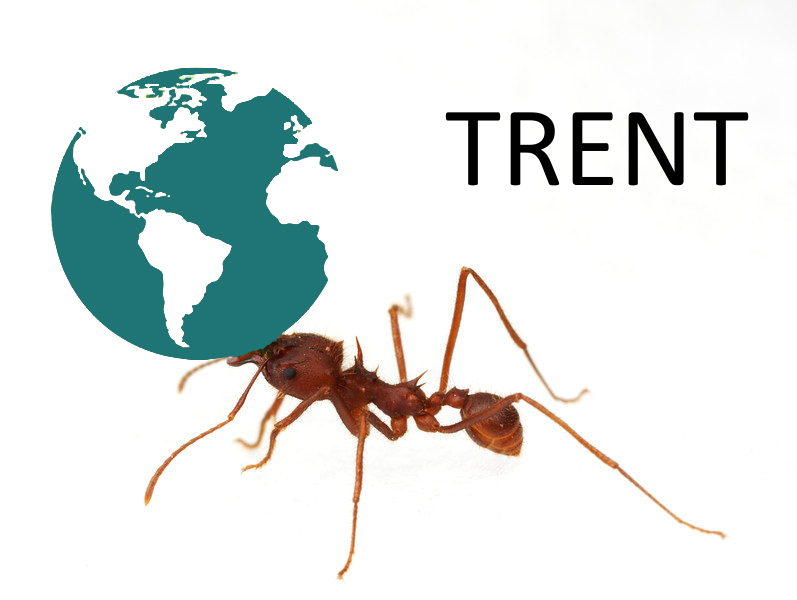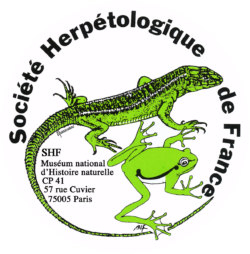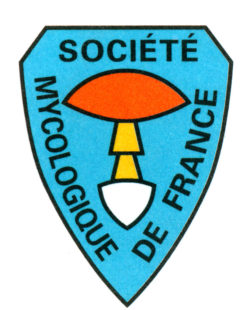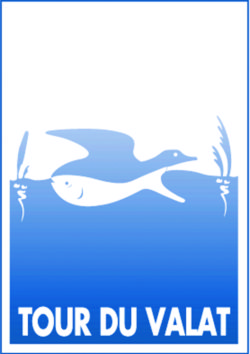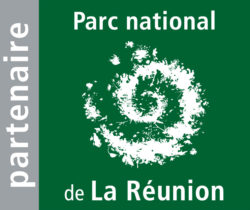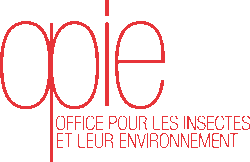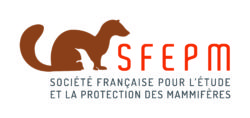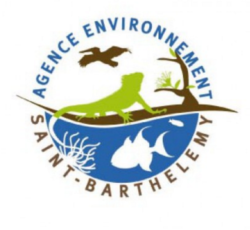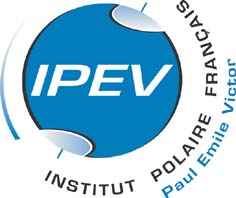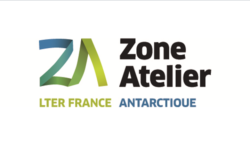Références bibliographiques relatives à la surveillance et les voies d’introduction des EEE
Pour rechercher un mot clé dans la page, taper le mot dans l’outil « rechercher » de votre navigateur.
Pour télécharger le document cliquez sur le rond bleu.
Albano, P. G., & al. 2018. Historical ecology of a biological invasion: the interplay of eutrophication and pollution determines time lags in establishment and detection. Biological Invasions 20(6): 1417-1430.![]()
Anonyme. 2007. Halting the loss of biodiversity by 2010: proposal for a first set of indicators to monitor progress in Europe, European Environnement Agency: 186 pp.![]()
Anonyme. 2012. Invasive alien species indicators in Europe. A review of streamlining European biodiversity (SEBI) Indicator 10, European Environment Agency: 48 pp.![]()
Anderson, D. P., & al. 2017. Bio-economic optimisation of surveillance to confirm broadscale eradications of invasive pests and diseases. Biological Invasions 19(10): 2869-2884.![]()
Augustin S., De Kogel W.J., Donner P., Faccoli M., Lees D.C., Marini L., Mori N., Petrucco Toffolo E., Quilici S., Roques A., Yart A. & Battisti A. 2012. A list of methods to detect arthropod quarantine pests in Europe. Bulletin OEPP/EPPO Bulletin 42 (1), 93–94.![]()
Augustin S., Boonham N., De Kogel W.J., Donner P., Faccoli M., Lees D.C., Marini L., Mori N., Petrucco Toffolo E., Quilici S., Roques A., Yart A. & Battisti A. 2012. A review of pest surveillance techniques for detecting quarantine pests in Europe. Bulletin OEPP/EPPO Bulletin 42 (3), 515–551.![]()
Blanchet, N., Barnerias, C., Bargier, N., Araminthe, P. 2011. Diagnostic sur l’invasion biologique aux Antilles françaises. Stratégie de suivi et de prévention. Départements de la Guadeloupe et de la Martinique. 143 p.![]()
Bradie, J., & al. 2015. Beyond species-specific assessments: an analysis and validation of environmental distance metrics for non-indigenous species risk assessment. Biological Invasions 17(12): 3455-3465.![]()
Brockerhoff E.G., Suckling D.M., Roques A., Jactel H., Branco M., Twidle A.M., Mastro V.C., Kimberley M.O. 2013. Improving the efficiency of lepidopteran pest detection and surveillance: Constraints and opportunities for multiple-species trapping. Journal of Chemical, 39-50.![]()
Bylemans, J., & al. 2016. Improving the containment of a freshwater invader using environmental DNA (eDNA) based monitoring. Biological Invasions 18(10): 3081-3089.![]()
Camara, A. 2017. Exposure and vulnerability of Senegal to the introduction of harmful aquatic organisms and pathogens by ballast water. World Maritime University Dissertations. 562, 78p.![]()
Clarke, S., & al. 2017. Biosecurity risk factors presented by international vessels: a statistical analysis. Biological Invasions 19(10): 2837-2850.![]()
Crall, A. W., & al. 2010. Improving and integrating data on invasive species collected by citizen scientists. Biological Invasions 12(10): 3419-3428.![]()
Crall, A. W., & al. 2012. Developing cost-effective early detection networks for regional invasions. Biological Invasions 14(12): 2461-2469.![]()
Caton, B. P., & al. 2006. Arrivals of Hitchhiking Insect Pests on International Cargo Aircraft at Miami International Airport. Biological Invasions 8(4): 765-785.![]()
Claudi, R. & Ravishankar, T. J. 2006. Quantification of Risks of Alien Species Introductions Associated with Ballast Water Discharge in the Gulf of St. Lawrence. Biological Invasions 8(1): 25-44.![]()
Cohen, A. N., & al. 2005. Rapid Assessment Survey for Exotic Organisms in Southern California Bays and Harbors, and Abundance in Port and Non-port Areas. Biological Invasions 7(6): 995-1002.![]()
Cronin, K., & al. 2017. Aliens in the nursery: assessing the attitudes of nursery managers to invasive species regulations. Biological Invasions 19(3): 925-937.![]()
Dahl, K. A., & al. 2017. DNA barcoding significantly improves resolution of invasive lionfish diet in the Northern Gulf of Mexico. Biological Invasions 19(6): 1917-1933.![]()
Davidson, I. C. & Simkanin, C. 2012. The biology of ballast water 25 years later. Biological Invasions 14(1): 9-13.![]()
Davis, A. J., et al. 2018. Quantifying site-level usage and certainty of absence for an invasive species through occupancy analysis of camera-trap data. Biological Invasions 20(4): 877-890.![]()
Delaney, D. G., & al. 2007. Marine invasive species: validation of citizen science and implications for national monitoring networks. Biological Invasions 10(1): 117-128.![]()
Dejean T., Valentini A., Duparc A., Pellier-Cuit S., Pompanon F., Taberlet P. & Miaud C. 2011. Persistence of Environmental DNA in Freshwater Ecosystems. PLoS ONE 6(8): e23398. doi:10.1371 journal.pone.0023398.![]()
De Ventura, L., & al. 2016. Overland transport of recreational boats as a spreading vector of zebra mussel Dreissena polymorpha. Biological Invasions 18(5): 1451-1466.![]()
Drake, L. A. 2015. Review of ‘‘Global maritime transport and ballast water management’’ by M. David and S. Gollasch, eds. Biol Invasions 17:3063–3065.![]()
Duncombe, J. 2018. Etude des voies d’introduction et de propagation des espèces exotiques envahissantes préoccupantes pour l’Union Européenne et proposition d’un plan d’action. Mémoire de fin d’étude Dominante d’approfondissement Gestion des milieux naturels, Agro Paris Tech, Mines Nancy. 81 p. ![]()
Duggan, I. C. & S. G. Pullan. 2017. Do freshwater aquaculture facilities provide an invasion risk for zooplankton hitchhikers? Biological Invasions 19(1): 307-314.![]()
Essl F., Bacher S., Blackburn T.M., Booy O., Brundu G., Brunel S., Cardoso A.C., Eschen R., Gallardo B., Galil B., Garcia-Berthou E., Genovesi P., Groom Q., Harrower C., Hulme P.E., Katsanevakis S., Kenis M., Kühn I., Kumschick S., Martinou A.F., Nentwig W., O’Flynn C., Pagad S., Pergl J., Pysek P., Rabitsch W., Richardson D.M., Roques A., Roy H.E., Scalera R., Schindler S., Seebens H., Vanderhoeven S., Vilà M., Wilson J.R.U., Zenetos A., Jeschke J.M. 2015. Crossing Frontiers in Tackling Pathways of Biological Invasions. Bioscience 65: 769–782.![]()
Faulkner K.T, & al. 2016. Understanding and managing the introduction pathways of alien taxa: South Africa as a case study. Biological invasions 18(1): 73-87.![]()
Ficetola G.F., Miaud C., Pompanon F. & Taberlet, P. 2008. Species detection using environmental DNA from water samples. Biology Letters 4: 423-425.![]()
Fletcher, L. M., & al. 2017. Bilge water as a vector for the spread of marine pests: a morphological, metabarcoding and experimental assessment. Biological Invasions 19(10): 2851-2867.![]()
Fournier, R. E. & J. J. Turgeon. 2017. Surveillance during monitoring phase of an eradication programme against Anoplophora glabripennis (Motschulsky) guided by a spatial decision support system. Biological Invasions 19(10): 3013-3035.![]()
Gatto, F., & al. 2013. Evaluation of Online Information Sources on Alien Species in Europe: The Need of Harmonization and Integration. Environmental Management 51(6): 1137-1146.![]()
Garcia, D. A. Z., & al. 2018. Introductions of non-native fishes into a heavily modified river: rates, patterns and management issues in the Paranapanema River (Upper Paraná ecoregion, Brazil). Biological Invasions 20(5): 1229-1241.![]()
Gherardi, F., & al. 2007. Animal xenodiversity in Italian inland waters: distribution, modes of arrival, and pathways. Biological Invasions 10(4): 435-454.![]()
Germain, J.-F., Balmès, V., Mouttet, R., Ramel, J.-M., Fried, G., Reynaud, P. 2014. Espèces invasives : 3 années d’alertes et de signalements à l’ANSES, Unité entomologie et Plantes invasives. AFFP. Colloque ravageurs et insectes invasifs et émergents, Montpellier – 21 ocotbre 2014. 1-11p. ![]()
Guérin L & Lejart M., 2013. Définition du programme de surveillance et plan d’acquisition de connaissances pour la DCSMM : propositions scientifiques et techniques (chantier 2). Thématique 2 : espèces non-indigènes. MNHN-Service des stations marines, RESOMAR, 45 p. + annexes. http://resomar.cnrs.fr/travaux/index.php![]()
Hernandez, E., Rodriguez, J.-L., Herrera-Leon, S., Garcia, I., De Castro, V., Muniozguren, N. 2011. Salmonella Paratyphi B var Java infections associated with exposure to turtles in Bizkaia, Spain, September 2010 to October 2011. Euro Surveill 17(25): 1-5.![]()
Hester, S. M. & O. J. Cacho. 2017. The contribution of passive surveillance to invasive species management. Biological Invasions 19(3): 737-748.![]()
Holliday, J. (Coords). 2017. Atlas des espèces exotiques envahissantes du Bassin de la Loire. Fédération des Conservatoires d’espaces naturels. 96 p.![]()
Hughes, K. A., & al. 2009. Accidental transfer of non-native soil organisms into Antarctica on construction vehicles. Biological Invasions 12(4): 875-891.![]()
Hulme P.E., Bacher S., Kenis M., Klotz S., Kühn I., Minchin D., Nentwig W., Olenin S., Panov V., Pergl J.,Pysek P., Roques A., Sol D., Solarz W. and M. Vilà. 2008. Grasping at the routes of biological invasions : a framework for integrating pathways into policy. Journal of Applied Ecology. Volume 45, Issue 2, pp. 403-414.![]()
Hurel. P. 2016. Création d’un réseau de surveillance. Groupe de travail faune exotique en région Centre-Val-de-Loire. 9 p.![]()
Hurley, B. P., & al. 2016. Increasing numbers and intercontinental spread of invasive insects on eucalypts. Biological Invasions 18(4): 921-933.![]()
ICES. 2015. Report of the Working Group on Introductions and Transfers of Marine Organisms (WGITMO), 18–20 March 2015, Bergen, Norway. ICES CM 2015/SSGEPI:10. 195 pp.![]()
Invasive Species Council and Island Conservation. 2017. Norfolk Island: Protecting an Ocean Jewel. Recommendations for stronger biosecurity for the Norfolk Island group. Invasive Species Council and Island Conservation. Fairfield, Victoria, Australia. November.![]()
Jarrad, F. C., & al. 2010. Ecological aspects of biosecurity surveillance design for the detection of multiple invasive animal species. Biological Invasions 13(4): 803-818.![]()
Katsanevakis, S., & al. 2013. Invading European Seas: Assessing pathways of introduction of marine aliens. Ocean & Coastal Management 76: 64-74.![]()
Katsanevakis S., Deriu I., D’Amico F., Nunes A.N., Pelaez Sanchez S., Crocetta F., Arianoutsou M., Bazos I., Chrisopoulou A., Curto G., Delipetrou P., Kokkoris Y., Panov V.E., Rabitsch W., Roques A., Scalera R., Shirley S.M., Tricarico E., Vannini A., Zenetos A., Zervou S., Zikos A., Cardoso A.C. 2015. European Alien Species Information Network (EASIN): supporting European policies and scientific research. Management of Biological Invasions 6: 147–157.![]()
Lacoursière-Roussel, A., & al. 2016. Effect of shipping traffic on biofouling invasion success at population and community levels. Biological Invasions 18(12): 3681-3695.![]()
LaMondia, J. A. & D. E. Aylor. 2001. Epidemiology and Management of a Periodically Introduced Pathogen. Biological Invasions 3(3): 273-282.![]()
Langor, D. W., & al. 2009. Diversity of non-native terrestrial arthropods on woody plants in Canada. Ecological Impacts of Non-Native Invertebrates and Fungi on Terrestrial Ecosystems. Dordrecht, Springer Netherlands: 5-19.![]()
Lennox, R. J., & al. 2016. Tracking invasive animals with electronic tags to assess risks and develop management strategies. Biological Invasions 18(5): 1219-1233.![]()
Lezzi, M., et al. 2018. Seasonal non-indigenous species succession in a marine macrofouling invertebrate community. Biological Invasions 20(4): 937-961.![]()
Liebhold A.M., Yamanaka T., Roques A., Augustin S., Chown S.L., Brockerhoff E.G., Pysek P. 2016. Global compositional variation among native and non-native regional insect assemblages emphasizes the importance of pathways. Biological Invasions doi:10.1007/s10530-016-1079-4.![]()
Marchini, A., & al. 2015. Current status and trends of biological invasions in the Lagoon of Venice, a hotspot of marine NIS introductions in the Mediterranean Sea. Biological Invasions 17(10): 2943-2962.![]()
McCarthy, H. P. & L. B. Crowder. 2000 An Overlooked Scale of Global Transport: Phytoplankton Species Richness in Ships’ Ballast Water. Biological Invasions 2(4): 321-322.![]()
Mille, C., Munzinger, J., Jourdan, H. 2012. First record of the Australian Guava Moth in New Caledonia. Implication for quarantine and biosecurity surveys in insular territories. Journal of Asia-Pacific Entomology 15(2): 283-286. doi:10.1016/j.aspen.2012.02.005.![]()
Miller, A. W., & al. 2018. Evaluation of wetted surface area of commercial ships as biofouling habitat flux to the United States. Biological Invasions 20(8): 1977-1990.![]()
Mooney, H. A. 1999. The Global Invasive Species Program (GISP). Biological Invasions 1(1): 97-98.![]()
Moser, C. S., & al. 2017. Quantifying the extent of niche areas in the global fleet of commercial ships: the potential for “super-hot spots” of biofouling. Biological Invasions 19(6): 1745-1759.![]()
Moutou, F. 2015. Nouveaux animaux de compagnie et risque d’introduction de maladies exotiques. Bulletin épidémiologique, N°66 : 44-45.![]()
Moutou, F. 2015. Rôle des animaux vertébrés dans l’épidémiologie des zoonoses. Revue francophone des laboratoires, n°472 : 25-33.![]()
Moutou, F., & Pastoret, P.-P. 2015. Defining an emerging disease. Rev. Sci. Tech. Off. int. Epiz. 34(1) : 41-44.![]()
Olenin, S., & al. 2014. Making non-indigenous species information systems practical for management and useful for research: An aquatic perspective. Biological Conservation 173: 98-107.![]()
Orensanz, J. M., & al. 2002. No Longer The Pristine Confines of the World Ocean: A Survey of Exotic Marine Species in the Southwestern Atlantic. Biological Invasions 4(1): 115-143.![]()
Ojaveer, H., & al. 2017. Dynamics of biological invasions and pathways over time: a case study of a temperate coastal sea. Biological Invasions 19(3): 799-813.![]()
Padayachee, A. L., & al. 2017. How do invasive species travel to and through urban environments? Biological Invasions 19(12): 3557-3570.![]()
Panov, V. E. 1999. GAAS: Group on Aquatic Alien Species at the Zoological Institute in St.Petersburg, Russia. Biological Invasions 1(1): 99-100.![]()
Patterson, K. M., Chan, S., & Goeetel, R. 2010. Earth Day is Every Day: Spreading the news about invasive species. Aquatic Invasions 5(1): 119-121.![]()
Patterson, K. M., Power, A., Sloan, P., Olson, S., & Chan, S. 2010. Aquatic Invaders: Sea Grant/AZA project explains pathways to zoo and aquarium audiences. Aquatic Invasions 5(1): 115-117.![]()
Pettit, L., & al. 2017. The impact of transportation and translocation on dispersal behaviour in the invasive cane toad. Oecologia 184(2): 411-422.![]()
Picard-Meyer, E., Moutou, F., Croyere, A., Rosiere, X & Cliquet, F. 2015. Risques d’introduction de maladies exotiques lies à l’importation de chauves-souris et de leurs produits. Bulletin épidémiologique, N°66 : 40-43.![]()
Pinelle, A. 2018. Identification des réseaux d’acteurs durables pour la surveillance des Espèces Exotiques Envahissantes en France métropolitaine et en Outre-Mer. Mémoire de Master 2 professionnel Biodiversité, Ecologie, Evolution, Université Paris-Sud, Orsay, 58 p. ![]() + Synthèse du rapport (Pinelle, 2018)
+ Synthèse du rapport (Pinelle, 2018)
Rabitsch, W. & F. Essl. 2006. Biological Invasions in Austria: Patterns and Case Studies. Biological Invasions 8(2): 295-308.![]()
Rabitsch, W. 2010. Pathways and vectors of alien arthropods in Europe. BioRisk 4(1): 27-43.![]()
Quemmerais-Amic, F. & (coords). 2012. Pressions biologiques et impacts associés. Espèces non indigènes : vecteurs d’introduction et impacts, Méditerranée occidentale. 15p. ![]()
Quemmerais-Amic, F. & (coords). 2012. Pressions biologiques et impacts associés. Espèces non indigènes : vecteurs d’introduction et impacts, Mers celtiques. 7p.![]()
Recio, M. R., & al. 2017. Optimizing control programmes by integrating data from fine-scale space use by introduced predators. Biological Invasions 19(1): 209-221.![]()
Ricciardi, A., & al. 2017. Invasion Science: A Horizon Scan of Emerging Challenges and Opportunities. Trends in Ecology & Evolution 32(6): 464-474.![]()
Roques A., Fan J.-T., Courtial B., Zhang Y.-Z., Yart A., Auger-Rozenberg M.-A., Denux O., Kenis M., Baker R., Sun J.-H. 2015. Planting Sentinel European Trees in Eastern Asia as a Novel Method to Identify Potential Insect Pest Invaders. Plos One, 10 (5), 19 p. DOI : 10.1371/journal.pone.0120864.![]()
Roques A. 2016. Drivers and pathways of forest insect invasions in Europe, can we predict the next arrivals? Atti Accademia Nazionale Italiana di Entomologia 53: 145-150.![]()
Roy, H. E., & al. 2012. Non-Native Species in Great Britain: establishment, detection and reporting to inform effective decision making. Wallingford, Oxfordshire, Centre for Ecology & Hydrology,: 110 pp.![]()
Roy H.E., Roy D. B., Roques A. 2011. Inventory of terrestrial alien arthropod predators and parasites established in Europe. BioControl 56:477–504.![]()
Roy, M., & al. 2018. Development of environmental DNA (eDNA) methods for detecting high-risk freshwater fishes in live trade in Canada. Biological Invasions 20(2): 299-314.![]()
Scalera R. & Genovesi P. 2016. Orientations adressées aux gouvernement pour les plans d’actions relatifs aux voies d’introduction des espèces exotiques envahissantes. Convention relative à la Conservation de la vis sauvage et du milieu naturel de l’Europe. Comité permanent 36e réunion Strasbourg, 15-18 novembre 2016. 41 p.![]()
Scalera, R., & al. 2016. Progress toward pathways prioritization in compliance to Aichi Target 9. 11p.![]()
Scianni, C., & al. 2013. 2013 biennal report on the california marine invasive species program, California State Lands Commission: 157 pp.![]()
Seekamp, E., & al. 2016. Exploring the efficacy of an aquatic invasive species prevention campaign among water recreationists. Biological Invasions 18(6): 1745-1758.![]()
Shannon, C., & al. 2019. Exploring knowledge, perception of risk and biosecurity practices among researchers in the UK: a quantitative survey. Biological Invasions 21(2): 303-314.![]()
Simon, C., & al. 2012. Report of the Biological Data Analysis Workshop of the European Marine Observation and Data Network (EMODnet). VLIZ Special Publication. Oostende, Belgium., Vlaams Instituut voor de Zee (VLIZ): : 36 pp.![]()
Spring, D., & al. 2017. Look before you treat: increasing the cost effectiveness of eradication programs with aerial surveillance. Biological Invasions 19(2): 521-535.![]()
Sutcliffe, C., & al. 2018. Exploring the attitudes to and uptake of biosecurity practices for invasive non-native species: views amongst stakeholder organisations working in UK natural environments. Biological Invasions 20(2): 399-411.![]()
Thévenot, J. & Leblay E. 2010. Proposition d’organisation d’un réseau de surveillance du milieu naturel en France métropolitaine. Application à la thématique des espèces exotiques envahissantes (invasives) ayant un impact négatif sur la biodiversité. Contribution à la future stratégie nationale. 131 p.![]()
Thévenot J., Pisanu B., Wroza S. 2022. Surveillance des espèces exotiques envahissantes en France et en outre-mer. Rapport PatriNat (OFB-CNRS-MNHN). 62 pp. Lire
Thévenot, J. & Touroult, J. 2017. Détection et surveillance des espèces exotiques envahissantes. Bilan, identification des lacunes et points forts au regard des besoins. 164-174. In: Touroult, J., Chaumet, S., Poncet, L. & Siblet, J.-P. (coord.) 2017. Diagnostic et recommandations pour une stratégie d’acquisition de connaissances naturalistes continentales. Tome I : Analyse des besoins et des dispositifs existants. Rapport MNHN-SPN/UMS-2006-PatriNat, n° 2017-10, 253 p.![]()
Tingley, R., & al. 2019. Environmental DNA sampling as a surveillance tool for cane toad Rhinella marina introductions on offshore islands. Biological Invasions 21(1): 1-6.![]()
Thomas, M. L., & al. 2017. Many eyes on the ground: citizen science is an effective early detection tool for biosecurity. Biological Invasions 19(9): 2751-2765.![]()
Tidbury, H. J., & al. 2016. Predicting and mapping the risk of introduction of marine non-indigenous species into Great Britain and Ireland. Biological Invasions 18(11): 3277-3292.![]()
Tsiamis K., & al. A. 2017. Baseline Distribution of Invasive Alien Species of Union concern. Ispra (Italy): Publications Office of the European. Union; 2017, EUR 28596 EN, doi:10.2760/772692![]()
Tucker, A. J., & al. 2012. Development and application of a UV attainment threshold for the prevention of warmwater aquatic invasive species. Biological Invasions 14(11): 2331-2342.![]()
Tuckett, Q. M., & al. 2017. Landscape-scale survey of non-native fishes near ornamental aquaculture facilities in Florida, USA. Biological Invasions 19(1): 223-237.![]()
Treguier, A. Paillisson, J.-m. Dejean, T. Valentini, A. Schlaepfer, M. Roussel, J.-m., 2014. Environmental DNA surveillance for invertebrate species: advantages and technical limitations to detect invasive crayfish Procambarus clarkii in freshwater ponds. Journal of Applied Ecology, 51, 871-879.![]()
UNEP/CDB/SBSTTA. 2014. Pathways of introduction of invasive species, their prioritization and management. Note by the executive Secretary. 18p.![]()
Van den Berg, E. C., Kotze, I. & Beukes, H. 2013. Detection, Quantification and Monitoring of Prosopis in the Northern Cape Province of South Africa using Remote Sensing and GIS. South African Journal of Geomatics 2(2): 68-81.![]()
Vall-llosera, M., & al. 2017. Improved surveillance for early detection of a potential invasive species: the alien Rose-ringed parakeet Psittacula krameri in Australia. Biological Invasions 19(4): 1273-1284.![]()
Varray, S. 2015. Protocole de détection précoce et d’alerte. Éléments de mise en oeuvre dans le coordinations territoriales du bassin Loire-Bretagne. Fédération des Conservatoires d’Espaces naturels. 16p.![]()
Vettraino A.-M., Roques A., Yart A., Fan J.-T., Sun J.-H., Vannini A. 2015. Sentinel Trees as a Tool to Forecast Invasions of Alien Plant Pathogens. Plos One, 10 (3), 15 p. DOI : 10.1371/journal.pone.0120571.![]()
Woodward, S.L. & Quinn, J. 2011. Encyclopedia of Invasive species, form Africanized Honey Bees to Zebra Mussels. Ed. Greenwood. vol 1, 873p.
Xia, Z., et al. 2018. Early detection of a highly invasive bivalve based on environmental DNA (eDNA). Biological Invasions 20(2): 437-447.![]()
Witzling, L., & al. 2016. Segmenting boaters based on level of transience: outreach and policy implications for the prevention of aquatic invasive species. Biological Invasions 18(12): 3635-3646.![]()
Zieritz, A., & al. 2017. Changes in pathways and vectors of biological invasions in Northwest Europe. Biological Invasions 19(1): 269-282.![]()
Zhu, G.-L., & al. 2019. Zoonotic parasites carried by invasive alien species in China. Infectious Diseases of Poverty 8(1): 2.![]()


